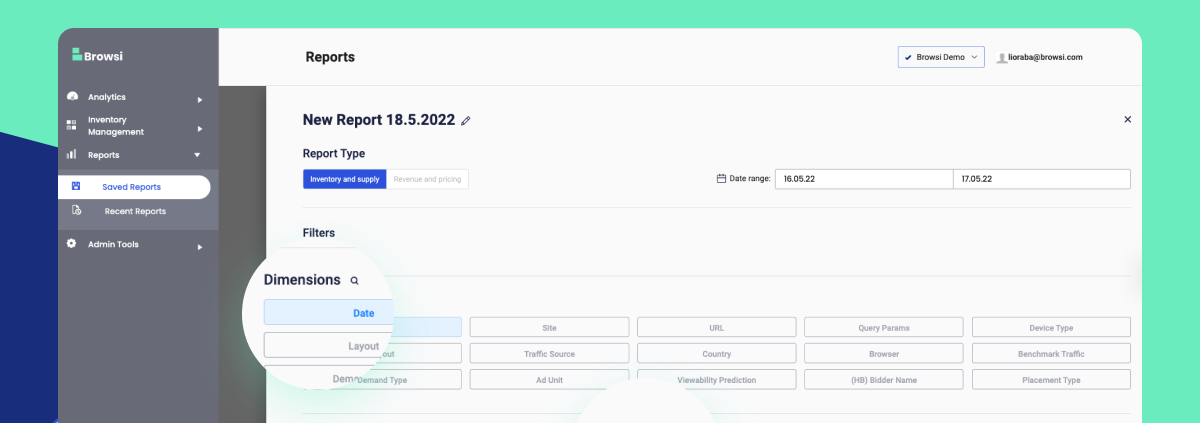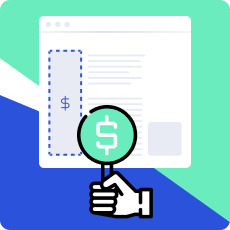Maximize Your UX & Revenue Data With Personalized Reports
By Browsi | October 18, 2022

The Browsi query tool provides a personalized reporting system that enables full adjustment to your unique needs.
Filter, customize and automate scheduled reports based on unique metrics combinations and uncover insights to maximize your ad stack.
 Optimize Your Viewability
Optimize Your Viewability
Break down your viewability rate per ad layout or even per ad unit to uncover exactly which ad layout or ad unit is dragging your average down.
 Analyze Your Demand Funnel
Analyze Your Demand Funnel
Deep dive into your revenue data from all types of providers to find out which one is performing better and leverage these insights to improve your ad revenue.
 Investigate Your Page & Engagement
Investigate Your Page & Engagement
See how your users engage with different ad layouts and identify where most of your pageviews are coming from (device types, traffic sources and more).
Ready to uncover insights and step up your ad layout strategy?
Let’s schedule a 15-min call to walk you through our robust reporting system and evaluate how unleashing AI behind your digital real estate can help you grow your revenue and improve your UX.
Latest Articles
-

What Sales Got Right About Competitive Intelligence – and Why It’s Time for Advertisers to Catch Up
In sales, competitive intelligence became second nature — the reason teams know why deals were won or lost. Advertisers, on the other hand, are still optimizing in the dark. It’s time to bring the same discipline to marketing, and finally see beyond surface-level metrics.
View Now -

AI is Rewriting the Attention Economy, Advertisers are at Risk of Getting Sidelined
AI is rewriting the attention economy. Perplexity’s “citations, not clicks” payouts and Cloudflare’s pay-per-crawl model mark a new phase where platforms set the rules of visibility. Unless brands and agencies demand clarity, control, and real behavioral signals, performance will be optimized to interfaces, not outcomes.
View Now -

When Agentic AI Takes the Wheel, Who’s Watching the Road?
Speed feels like smarts in advertising, but most “autonomous” systems optimize on labels and averages rather than behavior in context. They can’t see scroll, true in-view time, ad density, or what happens after the impression. Data without depth is a liability; the edge now is first-party, behavior-rich signals learned across environments.
View Now
